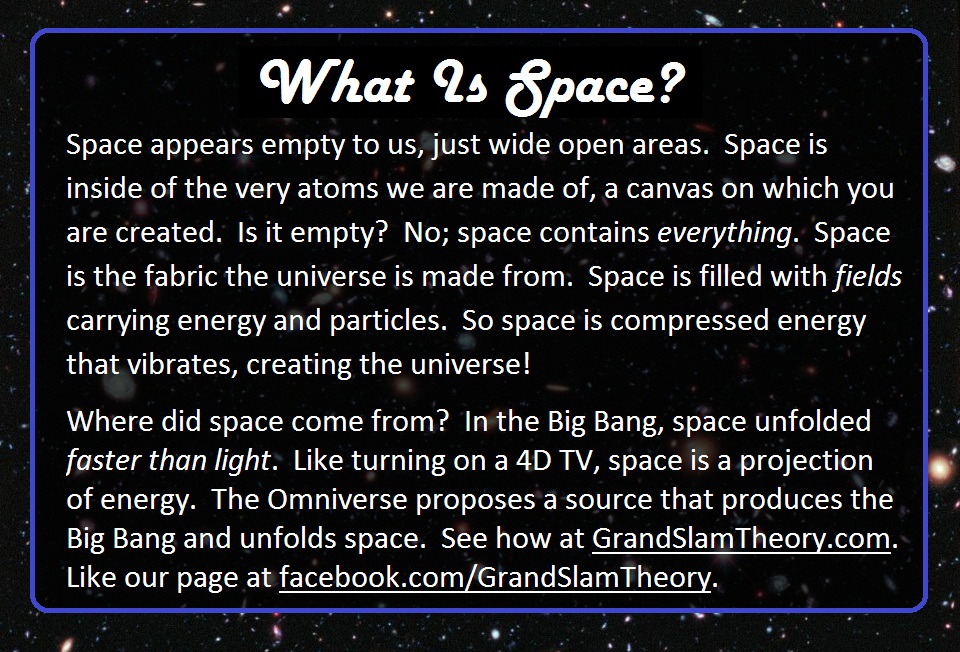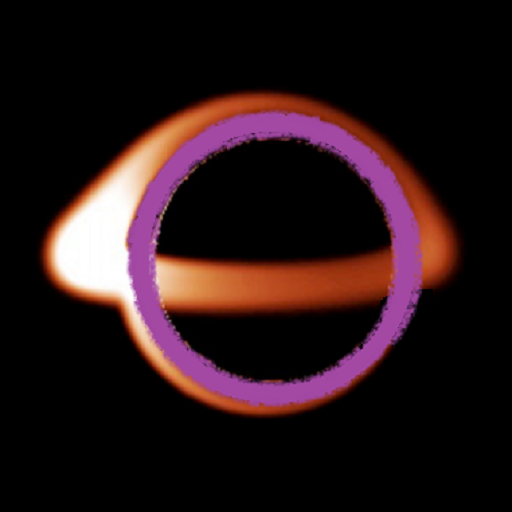
Space appears to us as if it were empty, wide open areas in-between planets and stars. There is so much space in galaxies that stars collide with nothing when galaxies merge. Space is even inside of the very atoms we are made of. Imagine your inner space as the membrane in which quarks vibrate on in space, creating subatomic particles like protons and neutrons. In essence, it’s a canvas on which you are created. Outside of us, we perceive space between us and the world. And as we look further, we see it beyond our planet and everywhere in the known universe.
So, is it really empty? Not when you realize that instead, space contains everything. Simply put, space is the fabric the universe is made from. Your inner space allows quarks to vibrate and create particles. On a large scale, space is filled with gases. On any scale, space is filled with fields. Fields carry energy. Large structures, like planets, stars, and galaxies, are surrounded by magnetic fields. We even create our own magnetic field by circulating iron through our bodies. Our thought creates its own field, which can be measured in brain activity. On the quantum level, the strong field makes objects feel solid to us. And all of space is permeated with a Higgs field, which interacts with particles to give them mass. So space is actually full of fields, energies, and particles. It is compressed energy that vibrates in such a way that it is creating the Universe!
Where did space come from? Before the Big Bang, our entire universe is a singularity. At the very beginning of the Big Bang, space rapidly expanded to near its current state. Like unfolding fabric super fast, space unfolded faster than light. Like turning on a 4D TV, space is a projection of energy from its singularity state.
What turns on space? A new scientific proposal shows how. The Omniverse consists of a source that produces the singularity, force that pushes it away, and a field that keeps it stable. When the singularity is pushed away, the field weakens, and the Big Bang unfolds its space.
See how at GrandSlamTheory.com. Like our page at facebook.com/GrandSlamTheory.
